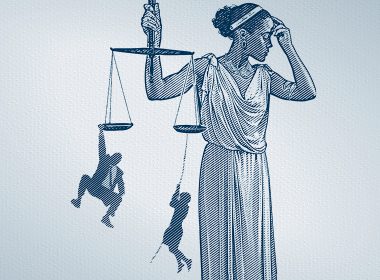Snapshot
- Re S, an incapacitated young person [2017] NSWSC 859 deals with an application to transfer the estate of a protected person from administration since 2004 by a licensed trustee pursuant to a Deed of Trust, to the modern private protected estate management regime under the supervision of NSW Trustee & Guardian.
- The plaintiff’s (S’s mother and guardian) summons sought the appointment of the private protected estate manager under supervision of the NSW Trustee in place of the existing trustee, after a relational breakdown with the trustee; and because of potential taxation consequences, the summons as amended sought extension of the trust with substitution of a new trustee.
- The Court made transitional orders to have the estate come under protective management, but decided that it could not countenance the proposed dual regime of a protected estate management regime co-existing with a trust regime
Re S, an incapacitated young person [2017] NSWSC 859 is a judgment of Lindsay J in the Equity Protective List delivered on 29 June 2017.
Background
S is currently 16 years old. She suffered horrendous physical injuries in an unusual motor vehicle incident in 2003 best described in language now incorporated by more recent amendment in the Motor Accident Compensation Act 1999 as a blameless accident.
Despite those circumstances the insurer agreed to make an interim payment pending determination of civil proceedings, without admission of liability. However payment was made to a trust, settled on the basis that the funds paid were secured by purchasing a property in the name of the licensed trustee company and S’s parents in defined shares.
Again, despite the liability issue, S’s lawyers subsequently negotiated a Court-approved settlement for substantial damages. This compensation was paid in 2005. By order of the Court this was paid into the Trust that had been settled in 2004. The Deed of Trust in its terms secured the Estate until S’s 18th birthday.
Cruelly, in 2006 S suffered further horrific injuries, including traumatic brain injury, in another motor vehicle accident. That litigation remains subject to further assessment after the injuries have stabilised.
Consequent to that, the expert medical evidence supported S’s parents’ opinion in 2016 that beyond her minority S remained incapable of managing her affairs and would likely continue that way when she turned 18. The expert evidence recommended further re-assessment of capacity at age 25.




